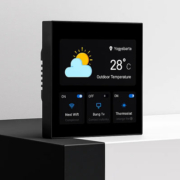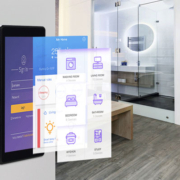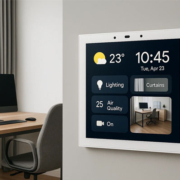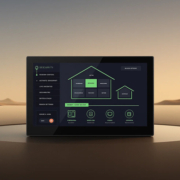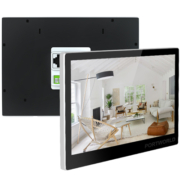Why Android Touch Screen Displays are the Ideal Solution for Smart Home and Office Automation
In the world of modern technology, Android touch screen displays have become essential components in various smart solutions, particularly for smart home and office automation. These displays offer an intuitive, interactive interface that makes it easier for users to control and manage connected devices. From adjusting lighting and controlling thermostats to managing security systems and scheduling meetings, Android touch screen displays provide a seamless experience.
In this article, we explore why Android touch screen displays are the ideal solution for smart home and office automation, highlighting their features, benefits, and key use cases.
1. User-Friendly Interface for Effortless Control
One of the main reasons Android touch screen displays have become indispensable in smart home and office systems is their user-friendly interface. Powered by Android, a widely recognized and easy-to-navigate operating system, these displays enable users to interact with their devices in an intuitive way. Whether it’s controlling the lighting, adjusting the thermostat, or managing security cameras, Android’s touch interface allows users to access these controls with a simple tap or swipe.
For instance, in a smart home, the Android touch screen display serves as the central hub where all devices, including lights, locks, thermostats, and more, can be controlled. In offices, this interface simplifies room booking systems, HVAC control, and even visitor management. Android’s open-source nature also ensures that customization options are abundant, so users can personalize the layout and features to suit their needs.
2. Seamless Integration with Smart Home Devices
Android touch screen displays excel in integrating with a wide range of smart home devices. Android’s compatibility with popular smart home ecosystems like Google Home, Amazon Alexa, and Apple HomeKit ensures that these displays can seamlessly control devices from multiple manufacturers. This level of integration simplifies the user experience, as you don’t need multiple apps or interfaces to manage different devices.
For example, in a smart home, users can use a single Android touch screen to control smart lights, curtains, security cameras, and even kitchen appliances. In an office environment, the display can integrate with HVAC systems, lighting, room booking software, and video conferencing tools, all through a unified platform.
3. Customizable for Specific Needs
Another significant advantage of Android touch screen displays is their customizability. Whether for a smart home or office automation, businesses can work with OEM or ODM manufacturers to create a solution that fits their specific needs. Android’s open-source nature allows for the development of custom interfaces, widgets, and apps that enhance the functionality of the display.
For example, a smart home control panel can feature personalized icons for lighting control, temperature adjustments, and security monitoring. In office automation, a customized interface could prioritize meeting room bookings, control AV systems, and offer employee-specific access controls, all tailored to your workplace.
4. Affordable and Scalable Solution
Android touch screen displays provide an affordable and scalable solution for both residential and commercial applications. Unlike proprietary systems that may require specialized hardware or software, Android-based displays use widely available components and open-source software, making them more cost-effective. This accessibility makes it possible to scale the system easily as the needs of the home or office grow.
In smart homes, homeowners can start with a single control panel in the living room or entryway and expand to additional rooms as their automation needs increase. Similarly, businesses can install Android touch displays in common areas like lobbies, meeting rooms, and break rooms, and scale up to additional workspaces without significant cost increases.
5. Enhanced Security Features
Security is a top priority in both smart homes and office environments, and Android touch screen displays offer robust security features. Many Android displays come with integrated facial recognition, fingerprint scanning, and password protection to ensure that only authorized users have access to certain systems or areas.
In a smart home, these security features can be integrated with surveillance systems, smart locks, and other connected security devices, providing an extra layer of protection. For businesses, Android touch screens can be used to manage access to restricted areas, control security systems, and monitor video surveillance, all from a single interface.
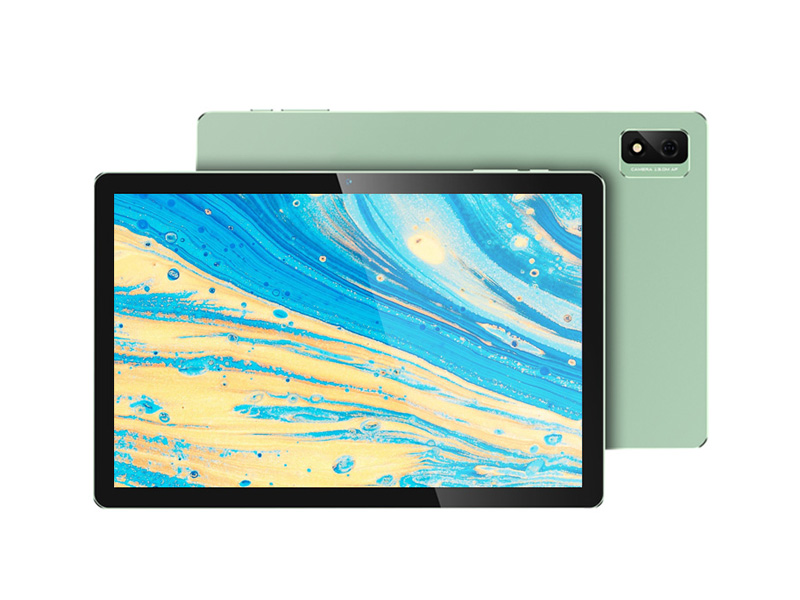
Android Tablet PC
6. Real-Time Monitoring and Feedback
Android touch screen displays also excel in providing real-time monitoring and feedback. With integrated sensors, these displays can give users immediate information about their environment, whether it’s the temperature in the office, air quality in the home, or the status of a security camera. Real-time updates and notifications help users make informed decisions and take quick actions when necessary.
For example, in a smart office, the display could show real-time meeting room availability, office temperature, or even employee schedules, all at a glance. In a smart home, it might provide live feeds from security cameras or show the current energy consumption of household appliances, helping homeowners optimize energy use and reduce costs.
7. Aesthetically Pleasing Design
When it comes to smart homes and offices, the aesthetics of the control interface matter. Android touch screen displays come in sleek, modern designs that can seamlessly blend into the décor of any environment. Whether mounted on a wall, placed on a table, or embedded in furniture, these displays are designed to complement the look of the space while offering high functionality.
In smart homes, they can be mounted near the entrance or in common areas to give easy access to various control functions, while also enhancing the home’s design. In offices, these displays can be placed in meeting rooms or lobbies, serving both functional and aesthetic purposes.
8. Cost-Effective for Small and Large Scale Deployments
Whether you’re outfitting a single apartment with a smart home control panel or deploying a network of devices across a large office building, Android touch screen displays are cost-effective for both small and large-scale deployments. The cost of Android touch screens is generally lower than that of proprietary systems, and their scalability ensures that businesses and homeowners alike can manage their automation systems efficiently without breaking the bank.
In offices, Android touch displays can be installed in common areas, meeting rooms, and personal desks. In a smart home, these displays can be placed throughout the house to control every aspect of the living environment, all at a price that makes automation accessible for a wide range of users.
Android touch screen displays are the ideal solution for smart home and office automation because they provide user-friendly control, seamless integration, customizability, and affordability. They are an excellent choice for managing multiple connected devices, offering a central hub where everything from lighting and climate control to security and entertainment can be easily accessed. With their scalability, security features, and sleek designs, Android touch screen displays are changing the way we interact with technology, making them a key component of the modern smart home and office environment.

